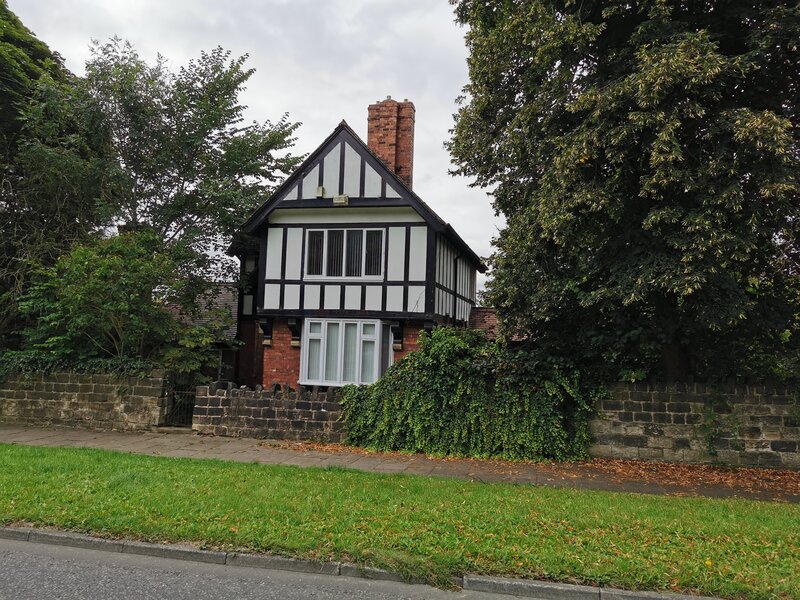Words & Photos: Mark Stevenson
Hark to Rover was once an Inn that may have been at the back of Abbey House in Kirkstall.
There are numerous tales as to why the now long-gone Inn got its name, but most seem to have something to do with a dog. One such tale is that this was a monk’s dog called Rover, which was barking because the Abbey was on fire and waking the monks.
Some people think that the name is derived from a local legend concerning a barmaid, Mary, who worked at the Star and Garter.
She had taken a lover who was involved with a gang of highwaymen. They had waylaid and killed a victim at Kirkstall Abbey. She witnessed her lover burying the body, screaming and wailing in distress. Her dog, back in the cottage, heard her and began to bark incessantly when he heard her scream! A poem by Robert Southey ‘The Maid of the Inn’ narrates a tale, which is thought by some to be set at Kirkstall Abbey. It was written in 1796.

I think that maybe there was some old guy sitting on a stool at the end of the bar who thought he might get a free drink or two if he told a good story about how the Inn got its name.
There are several other Inns with Hark in their name, such as Hark to Bounty, Dandler, Lasher, Melody, Mopsy, Nudger, Towler and Rover. All potential dog names and perhaps each with their own tale.
The term Hark to Rover appears in ‘The Kentish Songster’ which contains ‘Fourteen Hundred of the most celebrated English, Scotch and Irish Songs’ in 1784.
On the evening of Sunday the 7 October 1832, a coach called the Hark Forward, when carrying a heavy load, was upset shortly after it had left the Rose and Crown, Ilkley.
Several of the passengers were severely bruised and one old woman, called Hannah Allerton, of Farsley, was killed. It was said that the accident was caused by the coachman, John Townsend, being drunk.
For more articles on West Leeds history via Mark Stevenson, follow this link.


I love these history lessons. I go down one of the streets in Armley that one of your pieces mentioned a few months back. One house was bombed out in ww2. It’s a very different house that was built to replace the damaged one and stands out in the row of terrace houses. I also go to a house very close to the Armley gas works (with the now removed gas container). So I get to tell my passengers about the strike, scab workers and the old long gone bridge. I’ll be letting them know about this Kirkstall history and Gotts park paths and gas street lights when the school term begins again. Thank you